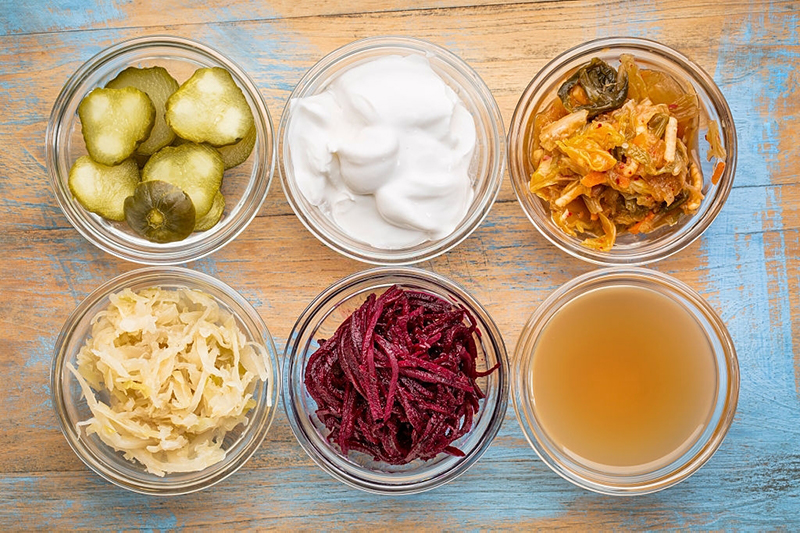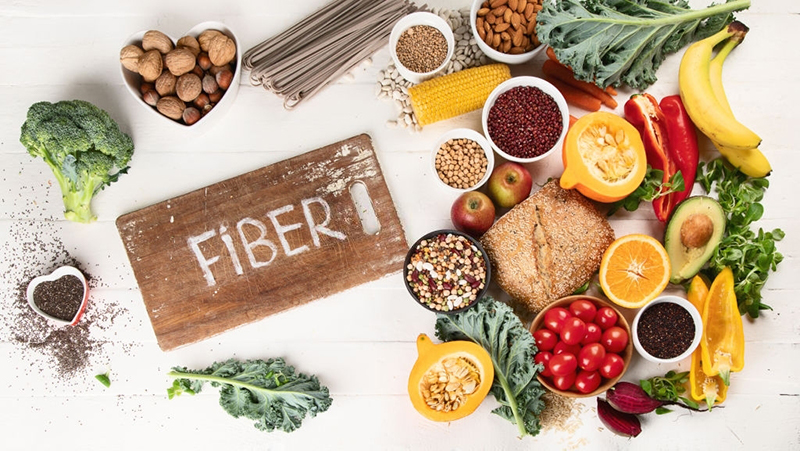Yogurt: It’s one of the most common sources of probiotics — the “good” bacteria that maintain a healthy balance in the gut. Research shows that probiotics can help relieve lactose intolerance. They can also help relieve gas, diarrhea, and other abdominal problems. You can pay extra for brands that contain some probiotics, but any brand with a “living culture” may help. probioticseverything
bio e probiotics
Sauerkraut: Choose the unpasteurized variety. The pasteurization process used to treat most supermarket brands kills active, beneficial bacteria. Sauerkraut and the similar but spicy Korean vegetable kimchi also contain immune-boosting vitamins that can help ward off infections. probioticseverything
bio e probiotics
Miso Soup: A popular breakfast food in Japan, this fermented soybean paste can get your system going. Probiotic-rich miso is often used to make salty soups that are low in calories, high in B vitamins, and protective antioxidants. probioticseverything
bio e probiotics
Soft cheeses: They’re good for your digestion, but not all probiotics survive in your stomach and intestines. Studies have found that strains in fermented soft cheeses, such as Gouda, are hardy enough to make it. probioticseverything
bio e probiotics
Kefir: According to legend, the shepherds of the Caucasus Mountains that separated southeastern Europe from Asia found that the milk they carried was often fermented into a sparkling drink. Thick, creamy and tangy like yogurt, kefir has its own strain of probiotics, as well as some useful yeast varieties. probioticseverything
bio e probiotics
Sourdough Bread: Next time you make a sandwich, pay attention to what your cold cuts and cheese are. San Francisco’s famous sourdough bread contains a probiotic that can aid digestion. probioticseverything
bio e probiotics
Acidophilus: One of the easiest ways to get probiotics is to use this bacterially fermented milk. You may see it labeled as sweet sour milk. Buttermilk is also rich in probiotics.
bio e probiotics
Sour pickles: When looking for probiotic pickles, choose a naturally fermented variety that doesn’t use vinegar in the pickling process. Sea salt and water solutions promote the growth of good bacteria, and it may make sour pickles easier to digest. probioticseverything
bio e probiotics
Tempeh: This Indonesian patty is made from fermented soybeans, a natural antibiotic that fights certain bacteria. Tempeh is also high in protein. Its taste is often described as smoky, nutty, and similar to mushrooms. You can marinate it and use it in meals instead of meat. probioticseverything
bio e probiotics
Supplements: Probiotics aren’t just found in food. They are also available in capsule, tablet, powder and liquid forms. While these supplements don’t provide the nutrients that food can, they’re easy to use. Talk to your doctor first if you think they might be useful to you. If you are sick or have immune system problems, you may need to take probiotics with caution. probioticseverything
bio e probiotics
Prebiotics vs. Probiotics: While probiotic foods contain live bacteria, prebiotic foods feed the good bacteria that are already in the gut. You can find prebiotics in foods like asparagus, Jerusalem artichoke, bananas, oatmeal, red wine, honey, maple syrup, and beans. Try prebiotic foods on their own, or pair them with probiotic foods for a boost of energy. probioticseverything
bio e probiotics







